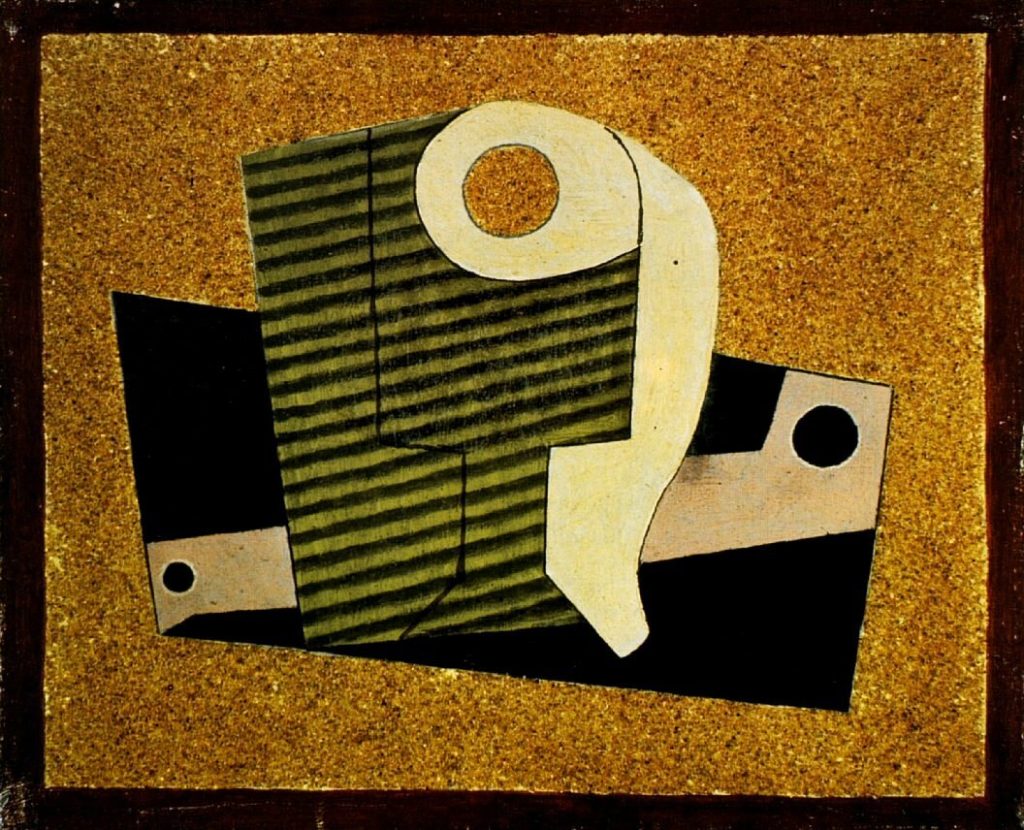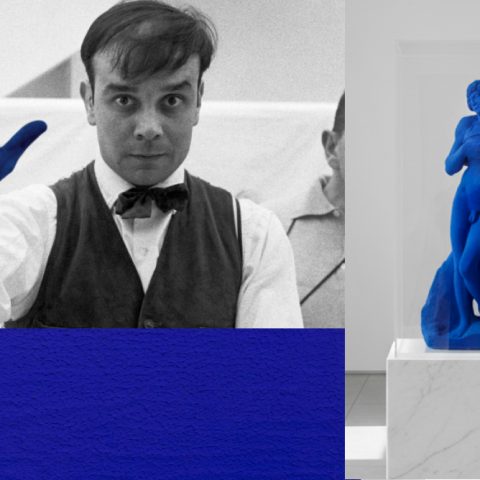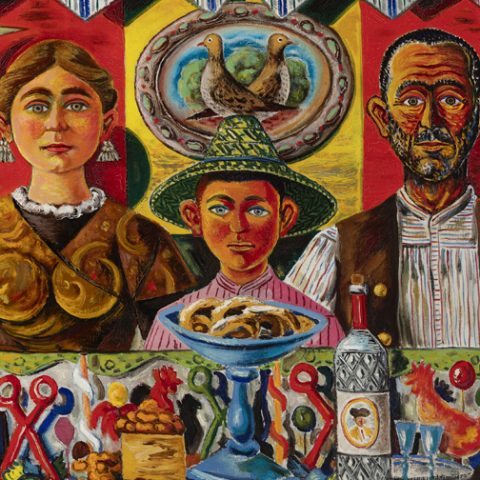In the dynamic and competitive art market, few news items arouse as much interest as the appearance of an unpublished or little-known work by Pablo Picasso. On this occasion, the focus is on “Verre et pipe” (1918), a piece made with oil, gouache and pencil on paper.
A transitional work of great historical value
“Verre et pipe” was conceived at a crucial moment in Pablo Picasso’s artistic evolution: immediately after the period of Analytical Cubism, when the painter began a transitional stage towards a synthesis between geometric forms and figuration. This work, of small format but of notable conceptual charge, represents a glass and a pipe through a plastic language purified to the extreme: firm and contained black lines, dense and opaque chromatic planes, and a rigorous compositional structure, almost of architectural inspiration.
Far from being an exercise in simplification, “Verre et pipe” reveals itself as an essential testimony to the progressive “return to order”, a trend that, after the ravages of World War I, led many European artists to reconsider the stability of form and the value of the classical tradition. In this context, Picasso does not deny Cubism, but reinterprets it from an aesthetic maturity: he purifies it, stylizes it and endows it with a visual clarity that, without abandoning analytical fragmentation, offers a renewed balance between abstraction and recognition, embodied precisely in that mature synthesis between fragmentation and visual legibility.
The work, then, is not only an example of formal virtuosity, but also a declaration of principles. In its apparent simplicity lies a silent complexity: that of an artist who, in full transformation, manages to articulate in a single visual plane the legacy of the avant-garde and the concern for the recovered order.
A museum piece, within reach of the market

This composition, directly related to works such as “Pipe” (Guggenheim, 1918) and “Paquet de tabac et pipe” (Paul Rosenberg Collection), has a certificate of authenticity issued by critic and historian Pierre Daix, one of the most authoritative experts on Picasso’s work. Daix highlights how the work maintains close formal links with other pieces from 1918, underlining its legitimacy, its place in the Picasso corpus and its historical relevance.
In a market where Picasso’s works on paper are increasingly valued for their intimate and experimental character, “Verre et pipe” represents a unique opportunity to acquire not only a work of great plastic beauty, but also a direct testimony of Picasso’s artistic thought in one of his most complex and fertile moments. One of the aspects that enhances the collectible value of this piece is its technique: oil, gouache and pencil on paper. This choice of materials reveals Picasso’s most experimental facet, that in which the support is not a simple vehicle, but part of the expressive language. The spontaneous stroke of the pencil coexists with rigorous chromatic fields, creating a visual paradox that is pure Picasso essence: freedom and structure, play and calculation.
Although small in format, “Verre et pipe” offers a privileged window into the artist’s symbolic universe. These domestic objects – the pipe and the glass – are not simple still lifes, but abstract emblems reconstructed from the mind. In this sense, the work invites us to reflect on Picasso’s intellectual process, his ability to transform the everyday into transcendental art, and to continually reinvent the codes of representation.
Connecting his legacy with international collecting
La aparición de obras inéditas o poco conocidas de artistas como Pablo Picasso no solo despierta interés: activa redes globales de coleccionismo, inversión y conservación. Si posee una pieza de arte moderno Setdart le ofrece una vía directa para situarla donde merece estar: entre coleccionistas ilustrados, instituciones de prestigio y museos.
Nuestro equipo de expertos valora con rigor, garantiza la máxima visibilidad internacional y cuida cada detalle del proceso de venta —desde la catalogación técnica hasta la estrategia de difusión en mercados especializados. Sabemos que cada obra encierra una historia, y nuestro objetivo es que esa historia se traduzca en valor, reconocimiento y legado.
Pida una tasación gratuita y confidencial y nuestro equipo de expertos se pondrá en contacto con usted para asesorarle.







